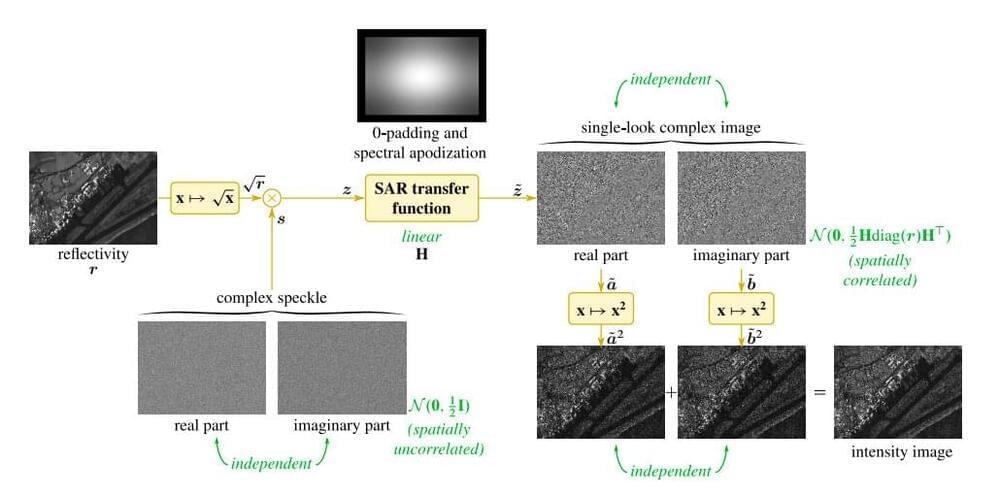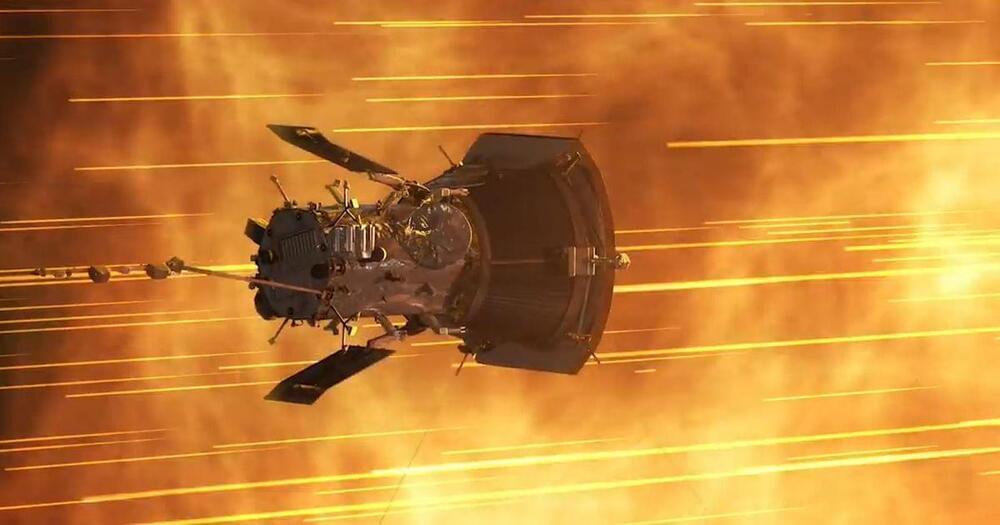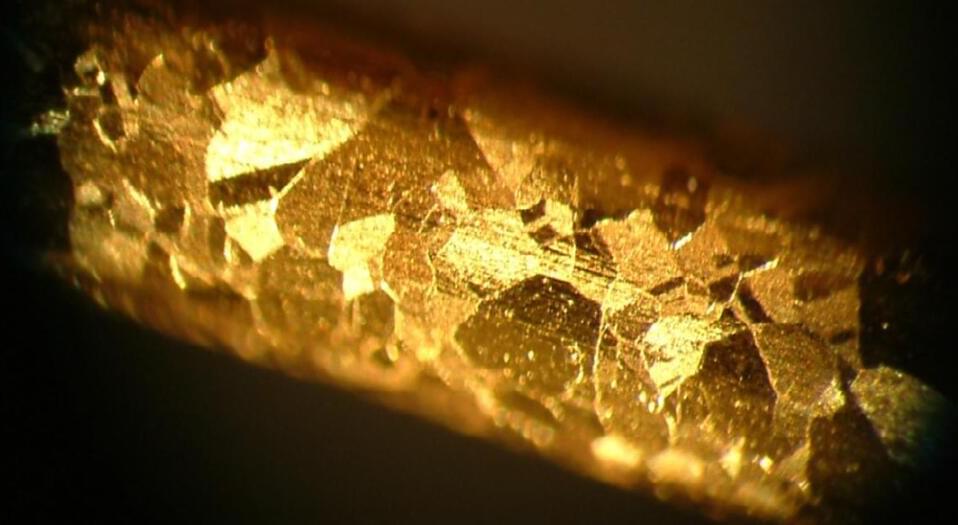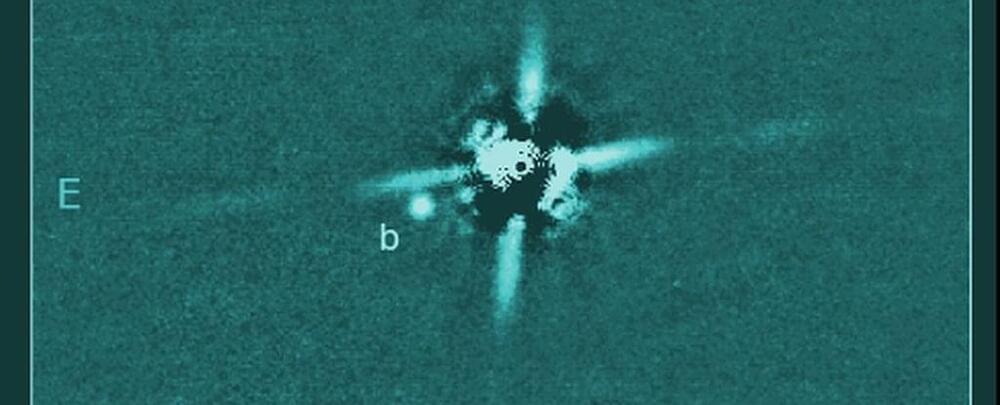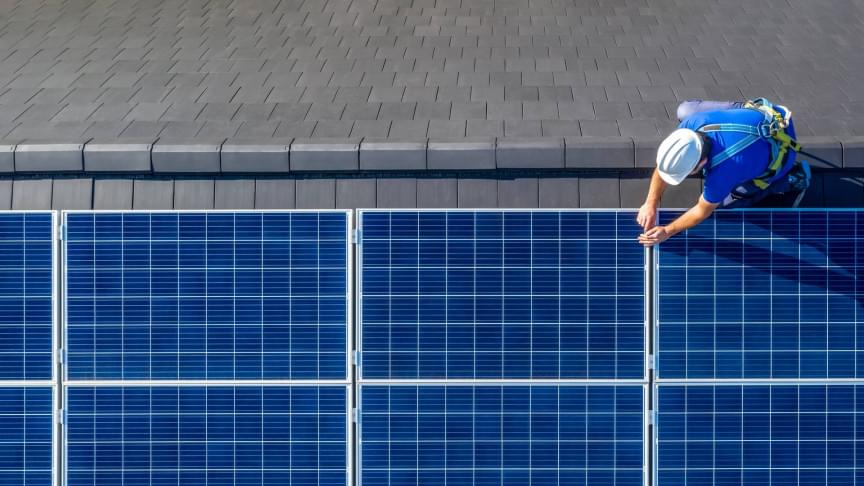When a highly coherent light beam, such as that emitted by radars, is diffusely reflected on a surface with a rough structure (e.g., a piece of paper, white paint or a metallic surface), it produces a random granular effect known as the ‘speckle’ pattern. This effect results in strong fluctuations that can reduce the quality and interpretability of images collected by synthetic aperture radar (SAR) techniques.
SAR is an imaging method that can produce fine-resolution 2D or 3D images using a resolution-limited radar system. It is often employed to collect images of landscapes or object reconstructions, which can be used to create millimeter-to-centimeter scale models of the surface of Earth or other planets.
To improve the quality and reliability of SAR data, researchers worldwide have been trying to develop techniques based on deep neural networks that could reduce the speckle effect. While some of these techniques have achieved promising results, their performance is still not optimal.
